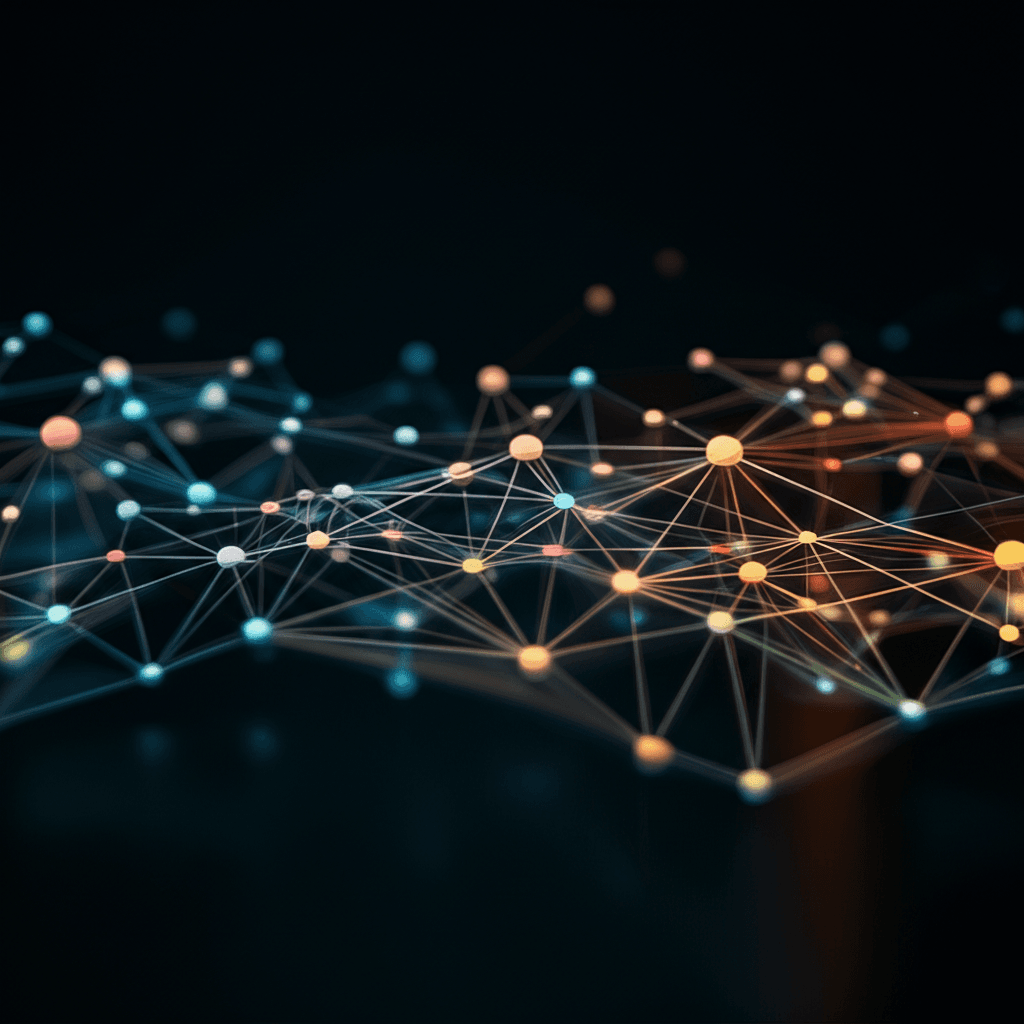The Imperfection Paradox in AI-Generated Music
Artificial intelligence has mastered technical music composition, yet its output often feels sterile and lifeless. The problem lies in its algorithmic precision AI music lacks the tension, decay, breath, and imperfections that human musicians naturally incorporate. These “flaws” create the emotional resonance we associate with soulful performances—the slight timing variations in jazz swing, the intentional distortion of a blues guitar solo, or the breathing spaces between orchestral phrases.
Breathing Life into Sound: The BINFLOW Framework
Auralink pioneers a revolutionary approach to sound generation using temporal BINFLOW states. This four-phase framework structures musical evolution in ways that mirror organic human performance:
1. Focus Phase: Building Anticipation
The foundation layer where rhythmic patterns establish themselves with gradual intensity. Unlike static loops, Auralink introduces micro-variations in timing and velocity that create forward momentum.
2. Stress Phase: Embracing Controlled Chaos
Here the system introduces intentional distortions and harmonic tensions—digital equivalents of a pianist digging into keys or a violinist applying bow pressure. These imperfections occur at mathematically calculated emotional peaks.
3. Pause Phase: The Power of Silence
Auralink’s intelligent rest periods create space for reflection. These aren’t merely empty beats, but dynamically calculated intervals that maintain harmonic tension while allowing listeners to absorb preceding themes.
4. Emergence Phase: Organic Resolution
The system resolves musical tension through melodic development that feels earned rather than predetermined. This phase incorporates machine learning analysis of legendary improvisers’ techniques to create satisfying conclusions.
Technical Implementation: From Theory to Audio Reality
Auralink operationalizes this framework through its intuitive Python API:
from binflow import Auralink
song = Auralink(tempo=120)
song.compose(phases=["Focus", "Stress", "Pause", "Emergence"])
song.render("flowtrack.wav")
The architecture dynamically adjusts harmonic progression, rhythmic complexity, and timbral characteristics throughout the composition process. Each phase transition triggers neural network evaluations that ensure musical coherence while maintaining emotional authenticity.
Transformative Applications: Beyond Background Music
Auralink’s technology enables previously impossible musical applications:
– Adaptive film scores that modulate based on viewer biometric responses
– Therapeutic soundscapes that evolve with patients’ emotional states
– Interactive gaming soundtracks that dynamically respond to player decisions
– AI collaborator tools that enhance rather than replace human musicians
This represents a fundamental shift from static audio generation to living compositions. Where conventional AI music reproduces patterns, Auralink creates performances that mirror the spontaneity of jazz legends or the dramatic pacing of classical masters. The technology doesn’t just sequence notes—it composes with emotional intelligence.
The Future of Musical Authenticity
Auralink marks a critical evolution in artificial creativity. By embracing the imperfections that define human artistry through its BINFLOW framework, this technology bridges the gap between mathematical precision and emotional expression. The result isn’t just algorithmically generated sound—it’s music that feels conceived, performed, and most importantly, felt.

Leave a Reply